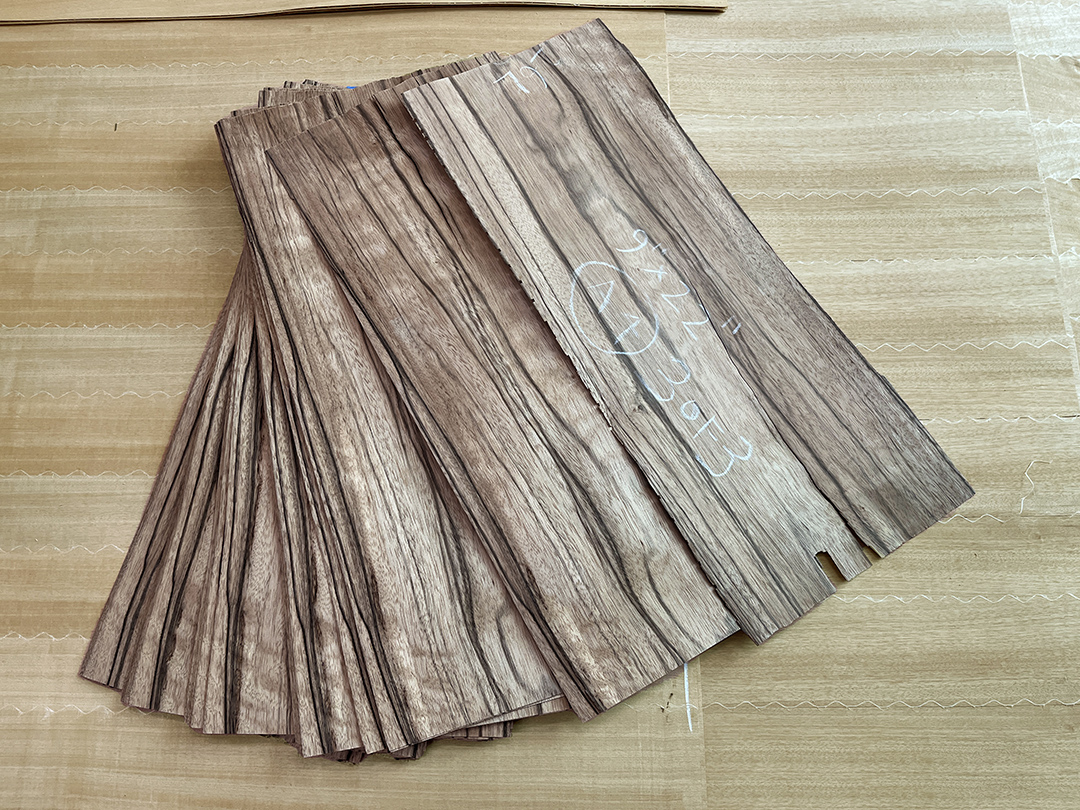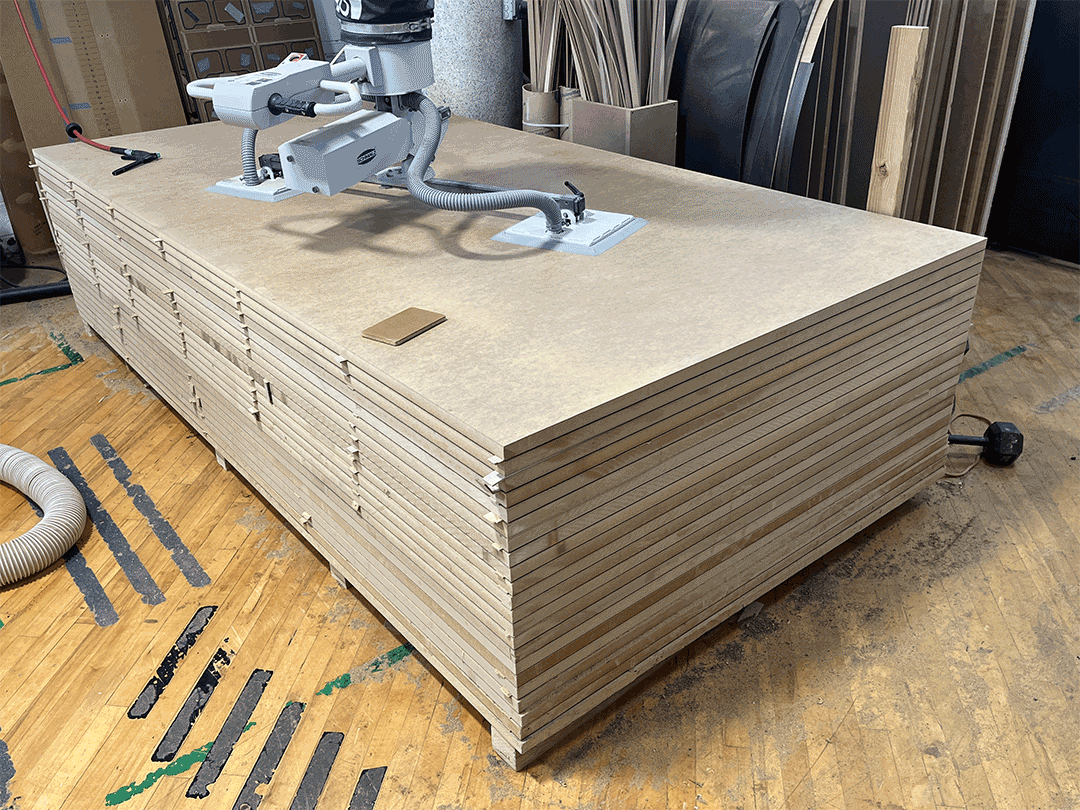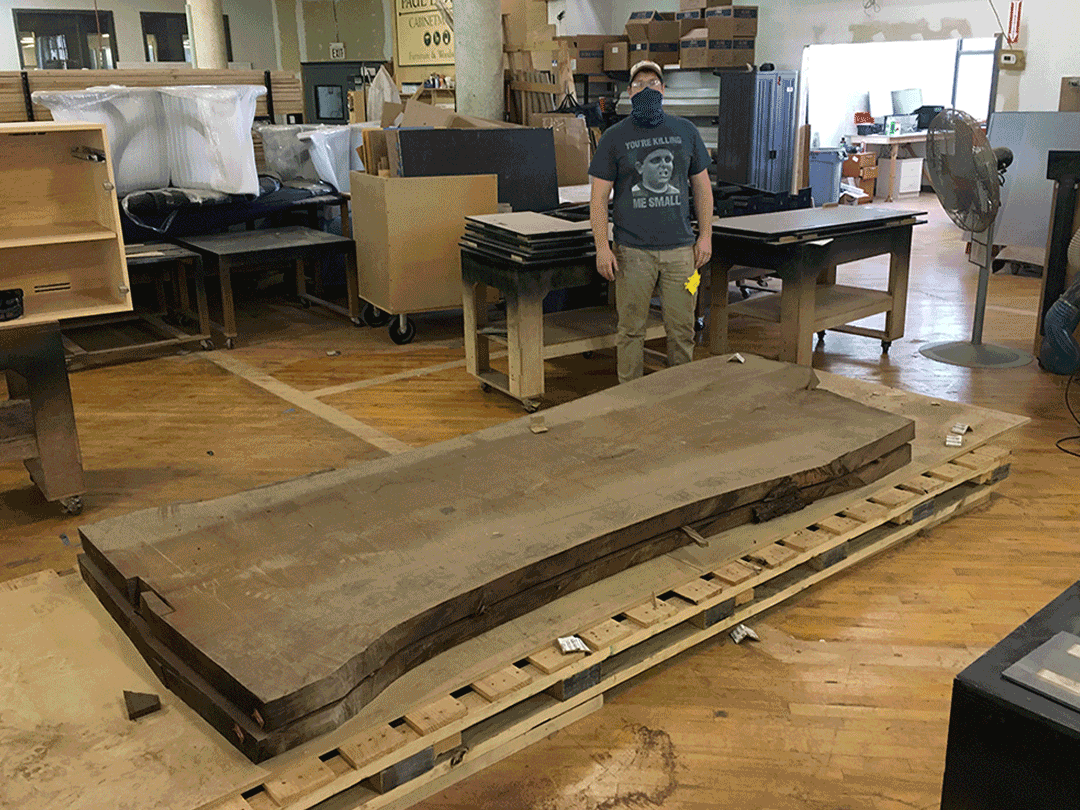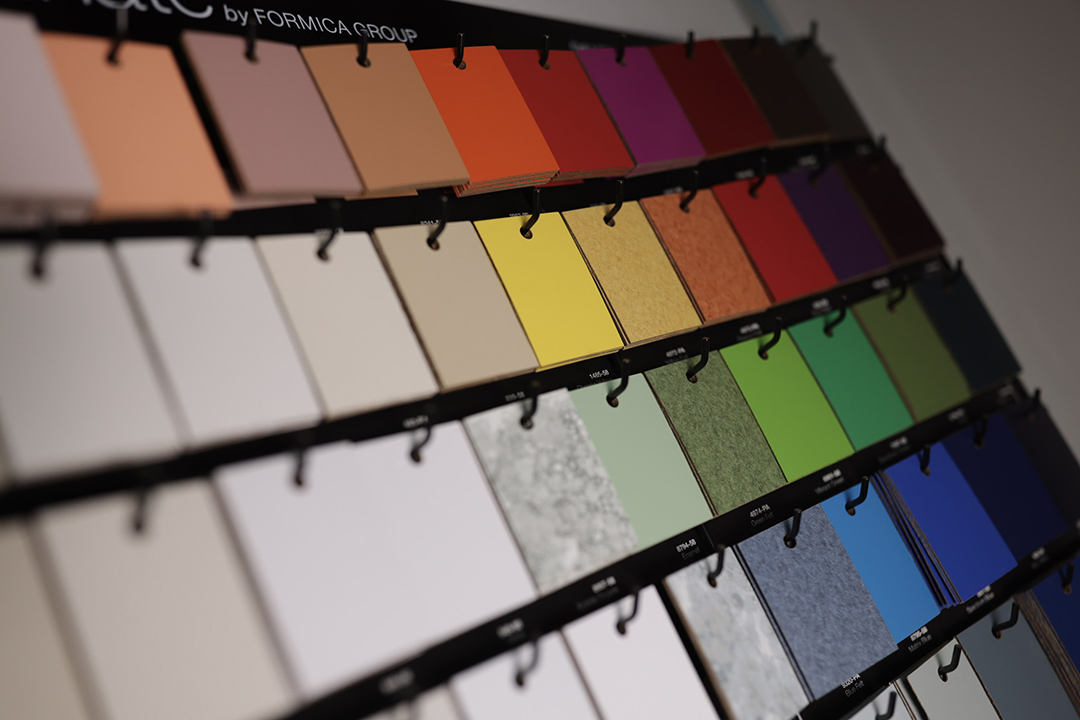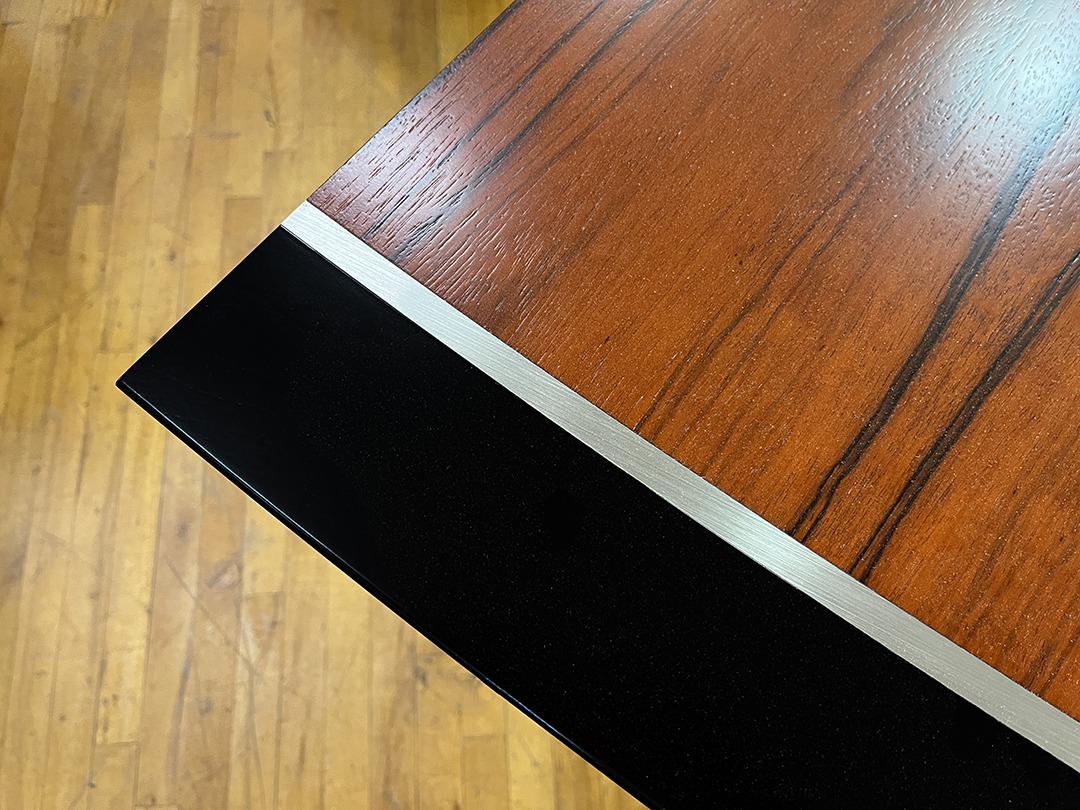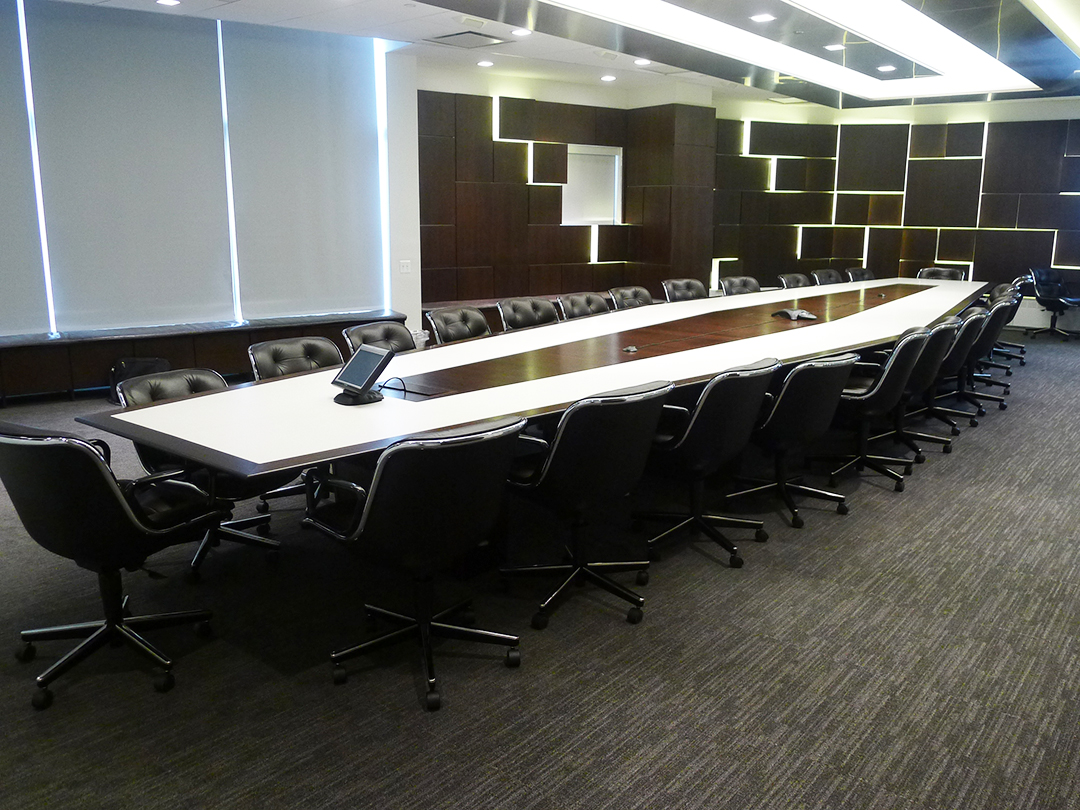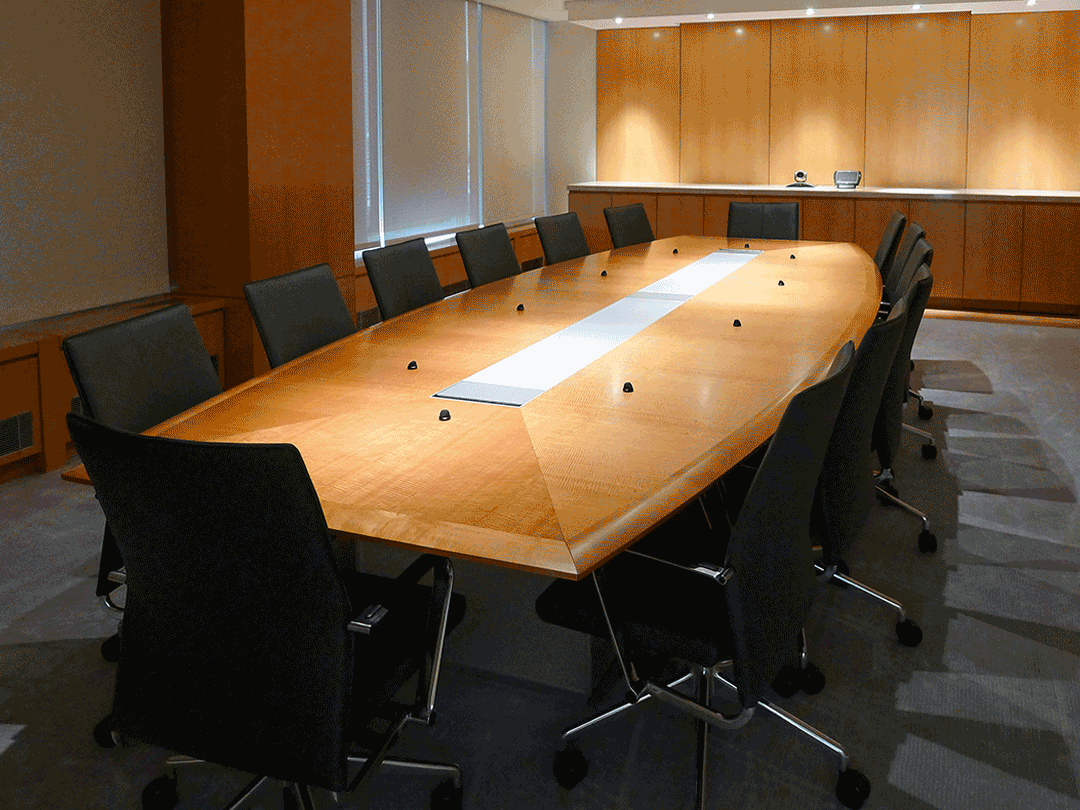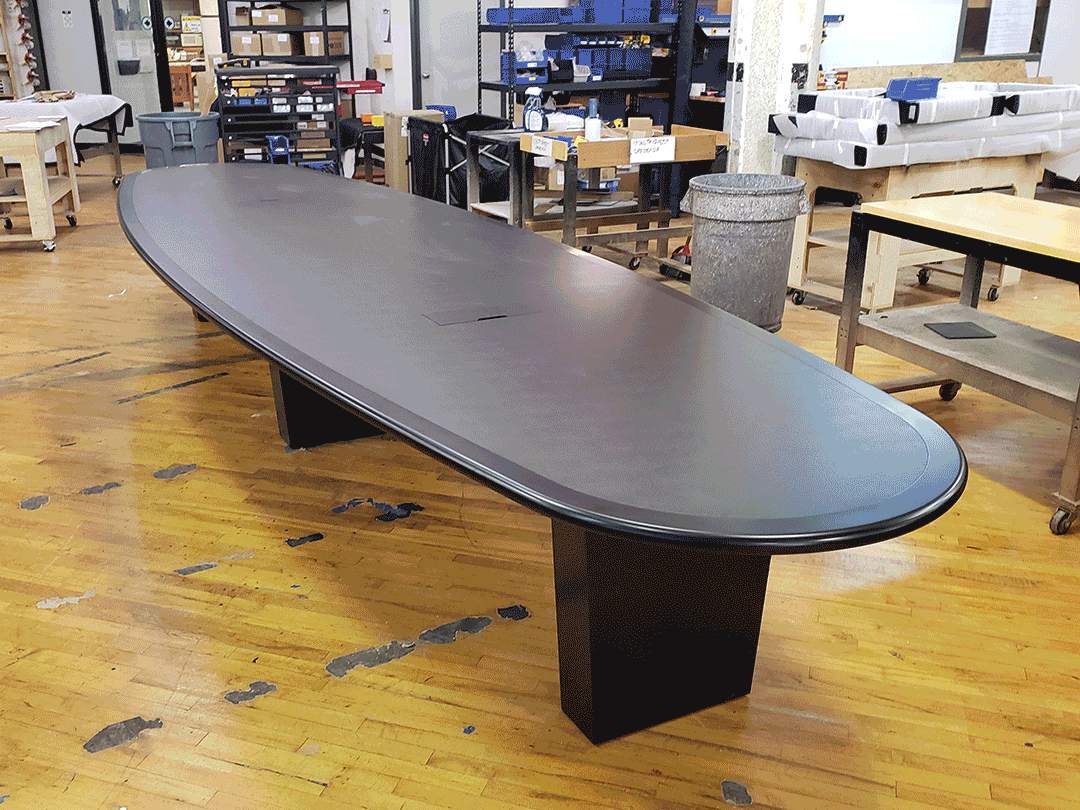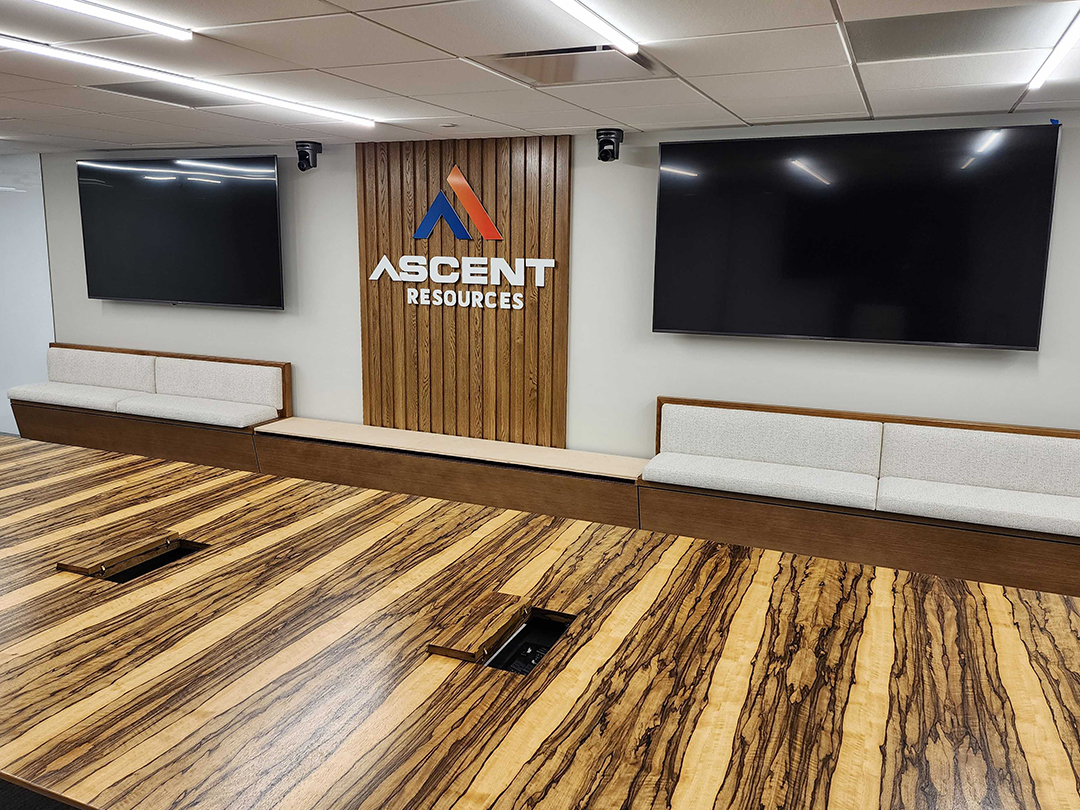Wood: Solid Wood
 Some examples of solid wood on our shop floor.
Some examples of solid wood on our shop floor.
Lots of people ask us for a “solid wood table”. If that’s actually the best choice for their design, then we can make the entire table from solids. We’ve done that hundreds of times, and it’s a good solution for some situations.
We always use solids in places where we need to cut a complex shape, carve a molding, and wherever a piece is likely to be banged during its ordinary use. For conference room tables, that means the edge of the table and parts of the base. Sometimes we use large slabs of wood for table tops – more on that below.
Unfortunately, solid wood has some inconvenient properties. It will change dimension whenever the weather changes: humid weather makes it get bigger and dry weather makes it shrink. This can cause warping and cracking, and limits the size of panel that can be made entirely out of solid lumber. Solid wood also has variable appearances and structures. Each tree’s grain reflects the micro environment where it grew, so there are wide variations in appearance and strength in any pile of lumber. These drawbacks mean that solid wood is best used for smaller tables.
Our normal practice is to choose materials that work best for their purpose, and that usually means supplementing solid wood with other types of wood products.
